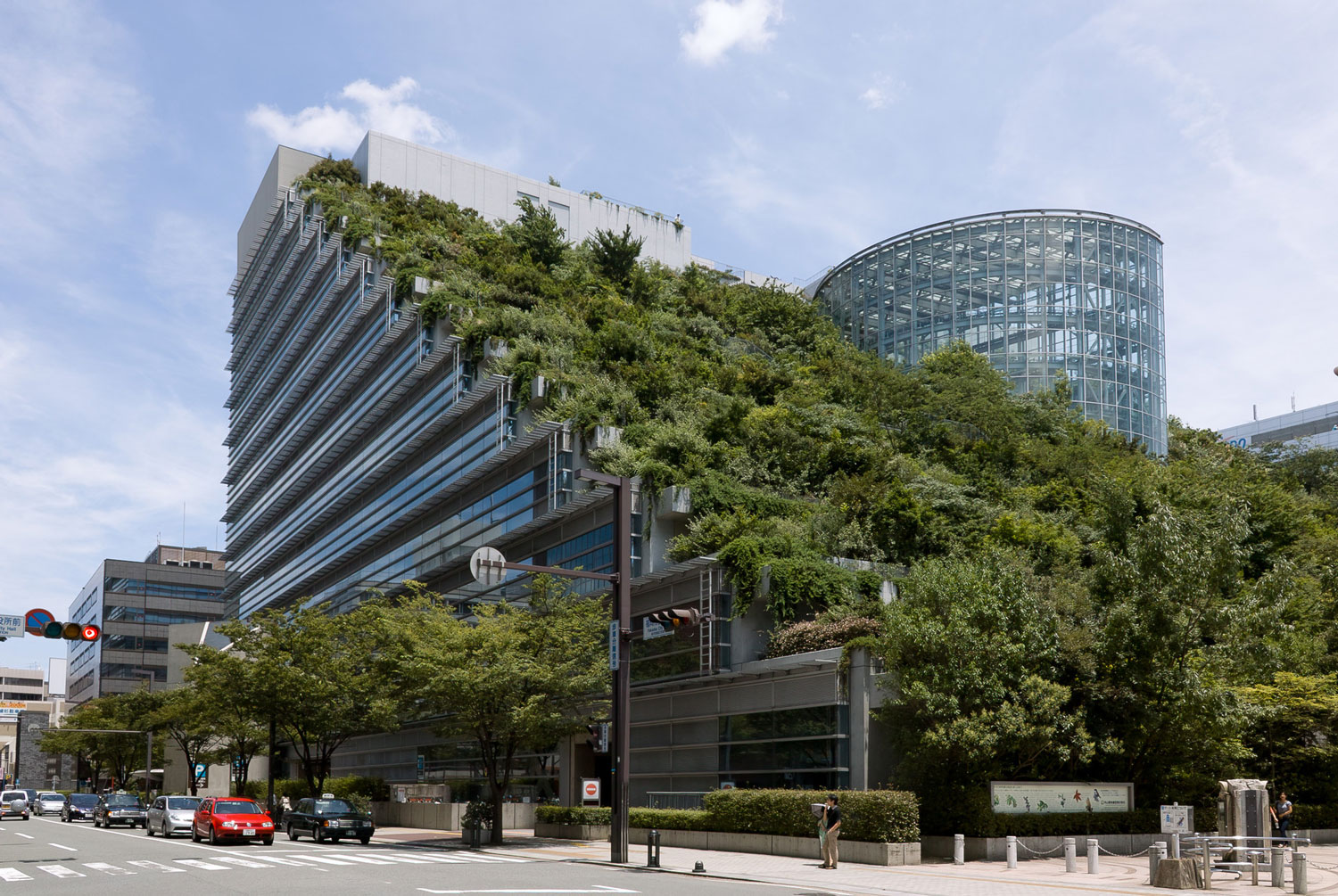Mar 30, 2025
Integrating Sustainable Architecture Into Community Farming Projects

It’s pretty cool when communities grow their own food, right? Reducing their carbon footprint, building connections…it’s not just a feel-good thing, it's a crucial piece of the puzzle. But what if we pushed it further?
Instead of just plots of land, imagine community farms designed from the ground up with sustainability baked in. We’re talking intentionally designed, eco-friendly spaces that crank up efficiency and shrink their environmental impact. How can what we build actually help the food we grow, making community farms tougher, more productive, and better for the planet? That's the sweet spot we're after.
When considering the flooring options for greenhouses or shared community spaces within a farm project, durability, sustainability, and aesthetics are all paramount. What about considering Ambient bamboo flooring? It's strong, beautiful, and sustainably harvested. It can complement the overall eco-conscious design.
Sustainable Architecture Meets Community Farming: A Natural Synergy
Sustainable Architecture, Simplified
Sustainable architecture is all about creating built environments that minimize environmental harm and maximize resource efficiency. Key features include:
-
Passive design (natural heating, cooling, and lighting)
-
Renewable energy integration
-
Water conservation strategies
-
Use of non-toxic, recycled, and local materials
-
Designs that blend with local ecosystems
Image source: parametric-architecture.com
It’s not just about green buildings—it’s about architecture that actively gives back.
Community Farming: Growing Together
Community farming brings people together to grow food on shared land. Whether it’s a city rooftop garden or a rural co-op, these projects:
-
Strengthen food security
-
Foster collaboration
-
Reconnect people with nature
-
Reduce reliance on industrial food systems

Image source: agritecture.com
It’s a grassroots solution with massive potential—especially when supported by the right design.
Why Merge the Two?
Pairing sustainable architecture with community farming is a game-changer.
It transforms farms into climate-smart systems that:
-
Reduce resource consumption
-
Boost productivity and resilience
-
Create beautiful, functional spaces for gathering and learning
-
Inspire pride and ownership in the local community
Architectural Strategies for Sustainable Farms
1. Passive Design: Let Nature Do the Work
-
Solar orientation to maximize natural light and warmth
-
Natural ventilation through smart layout and wind flow
-
Green roofs for insulation and stormwater absorption
-
Thermal mass and insulation to stabilize indoor temperatures

Image source: cals.ncsu.edu
2. Water-Wise Infrastructure
-
Rainwater harvesting for irrigation
-
Greywater recycling for non-potable use
-
Permeable pathways to prevent runoff and recharge groundwater
3. Sustainable Materials That Matter
-
Ambient bamboo flooring—strong, stylish, and sustainably sourced
-
Reclaimed wood and recycled metal for structure
-
Non-toxic paints and sealants for healthier indoor air
4. Renewable Energy Integration
-
Solar panels for power
-
Wind turbines where feasible
-
Battery storage to keep energy flowing even when the sun doesn’t shine
5. Think Vertical, Think Greenhouse
-
Vertical farms to maximize yield in tight urban spaces
-
Climate-controlled greenhouses to extend the growing season
-
Hydroponic systems with smart sensors for efficient nutrient delivery
Overcoming Roadblocks
💰 Funding
Sustainable design can have higher upfront costs—but look into:
-
Government grants
-
Crowdfunding platforms
-
Private partnerships
-
Nonprofit support networks
📋 Regulatory Challenges
Zoning laws and building codes may slow down projects. Work proactively with local authorities and emphasize:
-
Community benefits
-
Climate resilience
-
Educational value
🧑🤝🧑 Community Engagement
Farms only thrive when the community is invested. Offer:
-
Volunteer programs
-
Design workshops
-
Seasonal celebrations and farm tours
These create a sense of ownership and long-term commitment.
A Step-by-Step Guide to Building a Sustainable Community Farm
-
Assess Needs & Site Conditions
-
Community demographics
-
Climate and microclimate
-
Available space and resources
-
-
Collaborate on a Sustainable Design Plan
-
Work with architects, urban farmers, and sustainability experts
-
Integrate passive design, water systems, and renewable energy
-
-
Secure Funding and Permits
-
Explore grants, municipal programs, and corporate sponsorships
-
Get zoning and environmental approvals early
-
-
Build Smart
-
Source local materials
-
Train builders in green techniques
-
Involve the community where possible
-
-
Monitor & Iterate
-
Track water, energy, and yield data
-
Adjust systems for better efficiency
-
Keep the community involved with feedback and learning opportunities
-
Conclusion: A Greener Future Starts with Smarter Design
Community farms are more than just food-producing spaces—they're hubs of resilience, education, and empowerment. When we bring sustainable architecture into the mix, we unlock their full potential.
We have the tools. We have the knowledge. Now it’s time to design farms that sustain the earth and the people who care for it.
Ready to Take the Next Step?
Whether you’re designing your first urban farm or upgrading an existing community garden, Agritecture Consulting can help you integrate sustainability from the ground up.
👉 Schedule a free discovery call with our experts today and start building a future-proof community farm.
